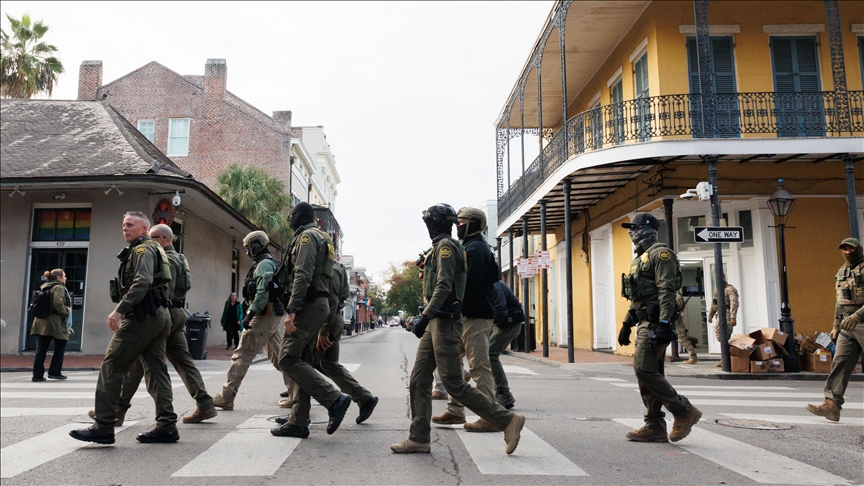(ThyBlackMan.com) Duke Ellington, a giant in jazz history, was more than just a composer and bandleader—he was a cultural architect whose music told the stories of Black excellence, struggle, and triumph. His compositions, spanning from the swing era to the avant-garde, remain deeply embedded in the fabric of American music. In 2025, Ellington’s work remains as relevant as ever, especially during Black History Month. His legacy speaks to the resilience and innovation of Black artists who reshaped the world through their sound. Here are ten must-listen Duke Ellington compositions that showcase his brilliance and their significance to Black history.

1. Take the ‘A’ Train (1941)
One of Duke Ellington’s most famous compositions wasn’t written by him, but by his longtime collaborator Billy Strayhorn. Still, it became synonymous with the Duke Ellington Orchestra. This song served as the band’s signature tune and an ode to the New York City subway line that led to Harlem, the heart of Black culture during the Harlem Renaissance. The song’s bright, swinging energy captures the optimism and ambition of Black Americans seeking opportunity in the big city.
Black History Connection: “Take the ‘A’ Train” is a symbol of the Great Migration, when millions of African Americans moved northward in search of economic and social freedom. Harlem, the song’s implied destination, became the mecca of Black intellectual and artistic growth. The song not only represents geographic movement but also the transformation of Black identity in the urban landscape. It stands as an enduring reminder of the cultural shifts and opportunities created by the migration, illustrating how Black Americans contributed to the artistic and economic growth of major cities.
2. Mood Indigo (1930)
This sultry, blues-inflected piece is a masterclass in Ellington’s ability to craft deep emotional resonance with his orchestrations. Featuring haunting clarinet and muted trumpet lines, “Mood Indigo” was one of the first jazz compositions to challenge conventional harmonies, marking the emergence of Ellington’s distinct voice in jazz.
Black History Connection: “Mood Indigo” reflects the melancholy and resilience of Black America during the Great Depression. Its moody, introspective nature mirrors the emotional landscape of a community facing systemic oppression while still finding solace in artistic expression. The song’s structure echoes the blues tradition, a genre that originated from African American hardship yet provided a means of storytelling and healing. The song’s popularity further solidified jazz as a form of artistic defiance, helping elevate the status of Black musicians in an industry that often marginalized them.
3. Black and Tan Fantasy (1927)
This early classic from Ellington’s Cotton Club days blends blues, gospel, and classical influences into a strikingly dramatic piece. The song’s evocative use of minor chords and mournful trumpet solos paint a sonic picture of Black struggles and triumphs.
Black History Connection: “Black and Tan Fantasy” alludes to the “Black and Tan” clubs where Black and white audiences mingled—controversial yet groundbreaking for its time. The song itself reflects the tension of race relations in America during the Jazz Age. By incorporating elements of the blues and European classical music, Ellington also challenged the notion of Black music being separate or inferior. His ability to merge musical traditions reinforced the idea that Black artistry was a critical part of the American cultural fabric, setting the stage for greater racial integration in music.
4. Sophisticated Lady (1933)
Ellington was a master at writing compositions that celebrated Black excellence, and “Sophisticated Lady” is a prime example. With lush orchestration and intricate harmonies, this piece celebrates the elegance and poise of Black women, challenging stereotypes with its refined and dignified musicality.
Black History Connection: In an era when Black women were often marginalized, “Sophisticated Lady” was a musical tribute to their strength and grace, giving them a place of honor in jazz. The song’s refined sound rejected derogatory stereotypes, offering a counter-narrative that Black women were leaders, intellectuals, and cultural icons. This piece resonated with the growing Black middle class and helped shape the broader conversation around respectability and representation in jazz music.
5. It Don’t Mean a Thing (If It Ain’t Got That Swing) (1931)
This electrifying tune helped define the swing era and cemented Ellington’s status as a leading force in jazz. Featuring the driving rhythms and call-and-response patterns that became hallmarks of swing, this song was an anthem for the vibrant nightlife of Harlem.
Black History Connection: Swing music was deeply tied to Black culture and the Harlem Renaissance. “It Don’t Mean a Thing” was a declaration of the artistic and cultural impact of jazz, an art form birthed in Black communities. The song’s popularity helped legitimize jazz as a sophisticated and influential musical form, bridging racial divides as white audiences embraced swing. The song’s uplifting energy continues to symbolize the joy and resilience of Black expression in the face of adversity.
6. Caravan (1936)
One of Ellington’s most adventurous compositions, “Caravan” transports listeners to a world of exotic rhythms and mysterious harmonies. With a melody driven by Latin-inspired beats and Eastern-tinged harmonies, this piece remains one of the most distinctive in jazz history. The song’s hypnotic and pulsating rhythm creates a sense of movement, as if listeners are being taken on a journey through an unknown landscape, much like a caravan crossing the desert.
Black History Connection: This song symbolizes the diasporic nature of Black music, pulling from African, Caribbean, and Latin influences—demonstrating the interconnectedness of Black cultures worldwide. Ellington’s ability to fuse different global musical traditions speaks to the long-standing contributions of Black musicians in shaping world music. The song’s success also helped establish jazz as an international art form, highlighting the far-reaching impact of African American creativity beyond the United States.
7. In a Sentimental Mood (1935)
“In a Sentimental Mood” is one of Ellington’s most beloved ballads, known for its lush harmonies and deeply evocative melody. The song’s slow and deliberate pacing invites listeners into a world of quiet introspection, making it a staple in jazz repertoires. The composition’s delicate interplay between piano, horns, and strings showcases Ellington’s talent for crafting emotive and timeless pieces that transcend generations.
Black History Connection: This song was an example of how jazz could transcend dance music and enter the realm of high art, elevating Black musicians to the status of composers and visionaries. At a time when Black artists faced immense barriers to being recognized as serious musicians, “In a Sentimental Mood” helped redefine public perceptions of jazz. It solidified Ellington’s reputation as not just a bandleader, but as a sophisticated composer whose work belonged in concert halls just as much as nightclubs.
8. Come Sunday (1943)
Originally a part of Ellington’s large-scale composition “Black, Brown, and Beige,” “Come Sunday” stands as one of the most spiritually moving jazz pieces ever written. The song’s gospel influences and orchestral elegance reflect a profound reverence for the Black church, a central institution in African American life. Its soaring melodies and warm harmonic structure make it one of Ellington’s most heartfelt compositions.
Black History Connection: The Black church has always been a cornerstone of the Black community, providing spiritual sustenance and a platform for activism. “Come Sunday” captures the essence of faith and perseverance, embodying the resilience of Black Americans throughout history. It became an anthem of hope during the Civil Rights Movement, with its message of endurance and faith resonating deeply among those fighting for justice. By blending jazz with elements of gospel, Ellington honored the spiritual roots of Black music and its role in uplifting communities.
9. The Far East Suite (1967)
“The Far East Suite” is a landmark in jazz composition, showcasing Ellington’s global influences. Inspired by his tours in Asia and the Middle East, the suite combines traditional jazz elements with intricate, non-Western harmonies and rhythms. The work reflects Ellington’s openness to musical diversity and his ability to integrate international influences into a distinctly American genre.
Black History Connection: “The Far East Suite” showcases Ellington’s ability to embrace and celebrate cultural influences beyond the United States while still maintaining the essence of Black American music. This composition was inspired by his travels to countries such as India, Japan, and Iran, where he absorbed new musical traditions and infused them with his signature jazz sound. By doing so, Ellington demonstrated how Black musicians could influence and be influenced by the global music scene, reinforcing jazz as an international art form. His work helped bridge cultural gaps, showing that jazz was not confined to one nation but belonged to the world as a whole.
10. A Tone Parallel to Harlem (1951)
Often referred to simply as “Harlem,” this ambitious orchestral work is a vivid musical portrait of one of the most historically significant Black neighborhoods in America. Through dynamic tempo changes, lush brass arrangements, and rhythmic complexity, “A Tone Parallel to Harlem” captures the lively energy of Harlem, from its bustling streets to its rich cultural and artistic scene. The piece tells the story of Harlem’s vibrancy, resilience, and ever-evolving spirit.
Black History Connection: Harlem has been a central hub of Black culture for over a century, serving as the epicenter of the Harlem Renaissance and a breeding ground for Black intellectual, artistic, and political movements. “A Tone Parallel to Harlem” captures the energy and dynamism of Harlem, painting a vivid picture of its vibrant streets, bustling nightlife, and the community’s resilience amid systemic struggles. Ellington’s orchestral storytelling in this piece celebrates the cultural and historical significance of Harlem, ensuring its legacy endures through music. It serves as a testament to the contributions of Black artists, writers, and musicians who shaped American culture and continues to inspire generations today.
Duke Ellington’s contributions to jazz are immeasurable, and his music remains a beacon of Black excellence. His compositions tell stories of migration, struggle, resilience, and celebration. From anthems like “Take the ‘A’ Train” to introspective pieces such as “Mood Indigo,” Ellington’s work continues to inspire and educate. As we honor Black History Month, revisiting these masterpieces serves as a reminder of the power of Black artistry and its lasting impact on the world.
Staff Writer; Jamar Jackson
This brother has a passion for sports, poetry and music. One may contact him at; JJackson@ThyBlackMan.com.
















Leave a Reply